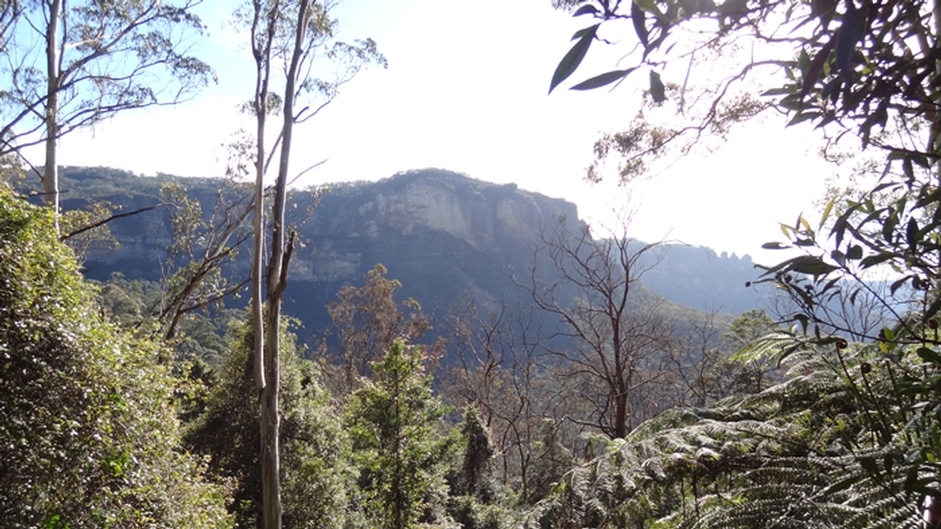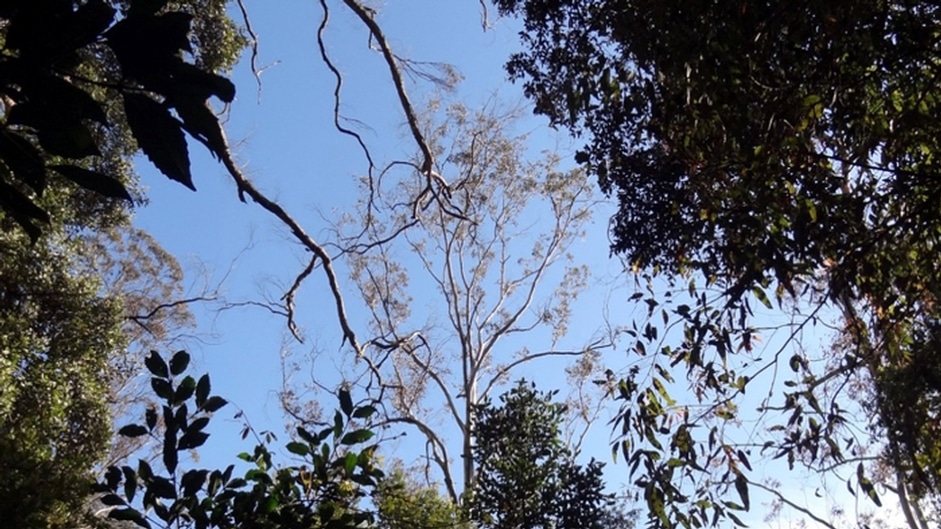As part of a programme treating and mapping World Heritage Areas, the NSW National Parks and Wildlife Service engaged Kleinfelder to collect baseline data to assess the threat of Bell Miner associated dieback (BMAD) within the Greater Blue Mountains World Heritage Area (GBMWHA), and to provide recommendations for future monitoring.
Performing Remote Research Safely
Bell Miner associated dieback occurs where there is an overabundance of sap sucking insects (Psyllids) and an associated establishment and persistence of dense colonies of Bell Miner birds (Manorina melanophrys), leading to dieback and a decline in forest canopy health. Kleinfelder was assigned twenty-five remote sites—sites without mobile phone range, lacking vehicle accessibility, and requiring access on foot through heavily vegetated and/or steep terrain—that required significant logistical arrangements and health and safety coordination.
Extending Specialised Expertise
Kleinfelder’s team of experienced, specialised ecologists, armed with 4WD experience, satellite phones, and safety procedures, performed project and logistic managements on sites to collect a wide range of data: vegetation structure and floristic biodiversity; tree health assessment; diurnal bird census; sampling and identification of pysllid species in foliage; soil sampling (soil pathogens, phytophthora); and general opportunistic observations. After establishing baseline data, Kleinfelder recommended methods for characterising the local extent of BMAD patches to enable comparison of the relative size of the dieback patches over time.
Project Results
In addition to providing insight into the meta-population dynamics of Psyllid populations, Kleinfelder also conducted all research within the prescribed timeframes without any health or safety incidents. Kleinfelder’s effective tree recovery research provided baseline data enabling under-budget development of a long-term monitoring protocol.
Project Details
Location:
Blue Mountains, New South Wales
Owner:
NSW National Parks and Wildlife Service




